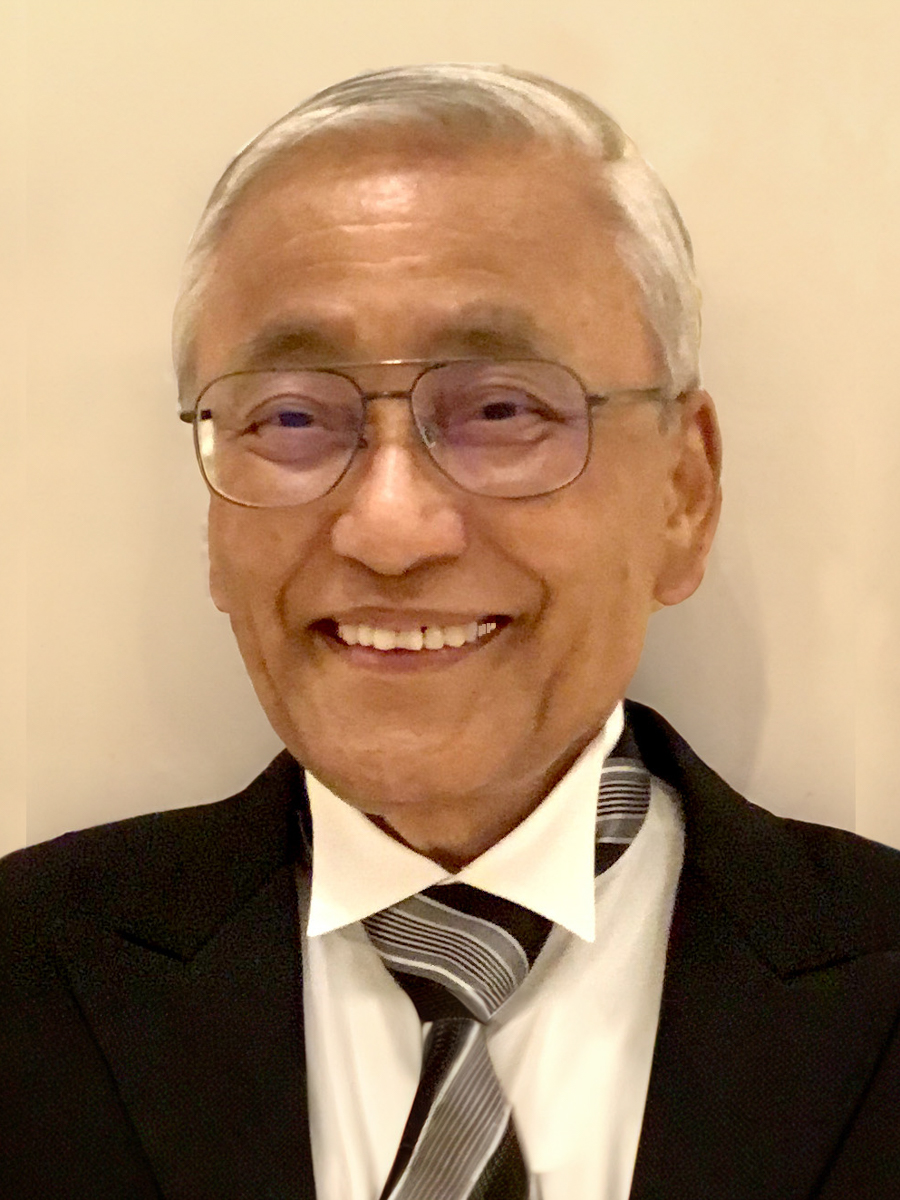Former Faculty: Takada Group

TAKADA, Yasutami
- Period
- July 1985 - March 2016
- Affiliation
- Division of Condensed Matter Theory
Research Subjects
- Electron-gas system: Novel physical phenomena in the electron gas discovered by the development of various computation schemes universally applicable to quantum many-body systems
- Superconductivity: Identification of microscopic mechanisms in real materials by the first-principles calculation of Tc and pursuit of high-Tc superconductivity in the systems characterized by competition between attractive and repulsive interactions
- Physics of polarons: Investigation of the characteristic polaron features and the bipolaron formation in the Hubbard-Holstein and Jahn-Teller systems
- Quasi-two-dimensional electron system in strong magnetic fields: Exchange-correlation effects on the anomalous magnetic resistance and various electronic phase transitions with application to graphite
As regards computation schemes universally applicable to quantum many-body problems, I proposed the effective-potential expansion method (1983) and the self-energy revision operator theory (1995). The former is a kind of perturbation expansion combined with the variational method and the latter is a basic theory enabling us to rigorously include the vertex function Γ, a big challenge in the implementation of the Green’s-function method. More specifically, the exact self-energy is proven nonperturbatively to be given as a fixed point of the particular operator acting on the abstract space composed of a whole set of self-energies. The action of the operator is well approximated by the choice of the functional form for Γ concretely determined to automatically satisfy the Ward identity with the introduction of a new concept of the ratio function. This method (GWΓ method: 2001) is further developed to concomitantly satisfy the total-momentum conservation law (2011) and its computation code is completed in 2024.
In pursuit of novel physics in the electron gas by employing the above-mentioned schemes, I find that in low-density systems, superconductivity due mainly to the attraction by the exchange of plasmons might appear (1978, 1988, 1993). In the same density region, I also find that the excitonic collective mode emerges (2016), while in the simple-metal density region, I discover an excitron or a complex of an electron coupled with multiply excited electron-hole pairs whose excitation energy is about a half of that of the corresponding quasiparticle (2024).
As for superconductivity, I identified the microscopic mechanisms in SrTiO3, KC8, CaC6 and so on by the first-principles calculation of Tc.
Publications
- “Emergence of an excitonic collective mode in the dilute electron gas”, Y. Takada, Phys. Rev. B 94, 245106 (2016). Editors’ Suggestion
- “Possibility of a metallic phase in the charge-density-wave–spin-density-wave crossover region in the one-dimensional Hubbard-Holstein model at half filling”, Y. Takada and A. Chatterjee, Phys. Rev. B 67, 081102(R) (2003).
- “Inclusion of vertex corrections in the self-consistent calculation of quasiparticles in metals”, Y. Takada, Phys. Rev. Lett. 87, 226402 (2001).
- “Exchange and correlation effects in the three-dimensional electron gas in strong magnetic fields and application to graphite”, Y. Takada and H. Goto, J. Phys.: Condensed Matter 10, 11315 (1998).
- “Theory of superconductivity in polar semiconductors and its application to n -type semiconducting SrTiO3”, Y. Takada. J. Phys. Soc. Jpn. 49, 1267 (1980).
Awards
- 1984, Outstanding Post-Doc Award, University of California at Santa Barbara, Physics Department
- 1996, Research Grants in the Natural Sciences, The Mitsubishi Foundation (Mitsubishi Zaidan)
- 2011, Outstanding Referee, American Physical Society
Books
- 2D-Subbands in III-V and Narrow-Gap Semiconductors (“Physics of Narrow-Gap Semiconductors”, Lecture Notes in Physics 152, edited by E. Gornik, H. Heinrich, and L. Palmetshofer) (Coauthor, Springer, 1982)
- Effects of Coulomb Interaction on Superconductivity (“Novel Mechanisms of Superconductivity”, edited by S. A. Wolf and V. Z. Kresin) (Coauthor, Plenum, 1987)
- Variational Theory of Electron Liquid (“Strongly Coupled Plasma Physics”, edited by S. Ichimaru) (Coauthor, Elsevier, 1990)
- Strong-Coupling Theory for Superconductivity with Vertex Corrections (“Condensed Matter Theories Vol.10”, edited by M. Casas, M. de Llano, J. Navarro, and A. Polls) (Nova, 1995)
- Dynamical Localization-Delocalization Transition in the Hubbard-Holstein Model (“Proceedings of the International School of Physics ‘Enrico Fermi’ Course CLXI - Polarons in Bulk Materials and Systems with Reduced Dimensionality”, edited by G. Iadonisi, J. Ranninger, and G. De Filippis) (Coauthor, IOS Press, 2006)
- Polarons and Bipolarons in Jahn-Teller Crystals (“The Jahn-Teller Effect: Fundamentals and Implications for Physics and Chemistry”, edited by H Köppel, DR Yarkony, H Barentzen) (Coauthor, Springer, 2009).
- Theory of superconductivity in graphite intercalation compounds (“Comprehensive Semiconductor Science and technology Vol.1”, edited by P. Bhattacharya, R. Fornari, and H. Kamimura) (Coauthor, Elsevier, 2011)
- Theory for Reliable First-Principles Prediction of the Superconducting Transition Temperature (“Carbon-based New Superconductors: Toward high-Tc superconductivity”, edited by J. Haruyama) (Coauthor, Pan Stanford, 2015)
- Theory of Superconductivity in Graphite Intercalation Compounds (“Reference Module in Materials Science and Materials Engineering”, edited by S Hashmi) (Coauthor, Elsevier, 2015)
